
Inspired by a Jo Barnard (Morrama and D! - Design Declares) post, this edition of the newsletter brings together five thought-provoking ways to engage with the latest thinking on regenerative design.
Regenerative design raises lots of questions.
What do you think?
Can a Fairphone be considered regenerative?
Can any product be regenerative?
If you are not familiar with the Fairphone organisation or product, you can follow the links below to read more and decide for yourself.

 Fairphone
Fairphone
 Fairphone
Fairphone
A note on the picks
All the picks in this newsletter have strong links to buildings.
That’s perhaps no coincidence - Design Council research (previously covered by URGE) found 53% of professionals in architecture, urban, interior and landscape design consider themselves competent regenerative designers, more than any other design discipline.
How might their thinking influence your disciplines and designs?
That is a good question for future editions of the newsletter.
The Pattern Book for Regenerative Design
Oliver Broadbent is the founder of Constructivist, a co-leader of the Regenerative Design Lab and co-author of The Regenerative Structural Engineer.
Oliver has previously defined regenerative design as:
"Anyone is a regenerative designer who devises courses of action aimed at taking existing situations and turning them into ones in which human and living systems can survive, thrive and co-evolve."
The Pattern Book for Regenerative Design is his latest project.
"The Pattern Book for Regenerative Design is for engineers (and other humans) who want to help shift the construction industry toward a thriving future — one project at a time. It supports people who imagine a better future but are working within the constraints of today’s systems.
Rather than launching with a bang, we’re building a community of users over time. We invite you to join us — to try the patterns, adapt the motifs, and help shape what this project becomes."
The exercises and motifs in the book can be used in your own commercial or educational work, as long as you credit the source and share any adaptations under the Creative Commons Attribution-Share Alike 4.0 licence (CC BY-SA 4.0).
Subscribers to the Constructivist mailing list get access to reports from the Regenerative Design Lab and the first 100 copies of the book. Subscribe here.
The book is edited and designed by URGE co-founder Alexie Sommer in collaboration with Beatriz Patarata.
 Constructivist
Constructivist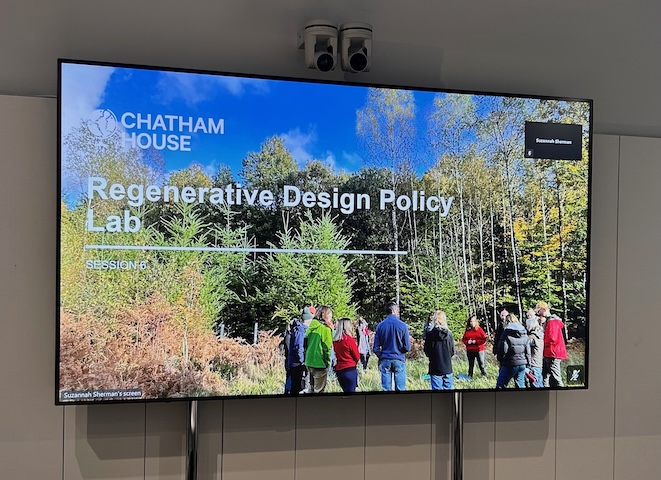
 Constructivist
Constructivist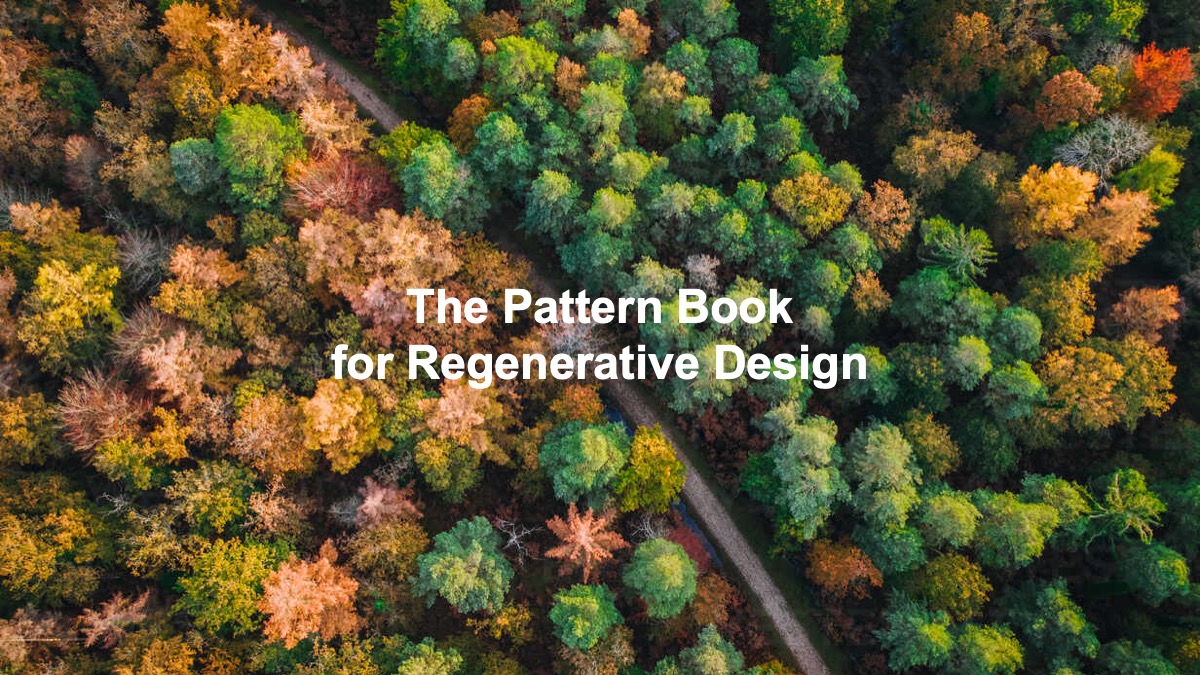
Regenerative by Design
Dave Cheshire is a Director of AECOM. David advises on circular, net zero and regenerative buildings and has authored multiple books.
His latest book is Regenerative by Design and published by RIBA.
"The idea of living, regenerative buildings is gaining ground - buildings that give back more than they take, providing habitats, ecosystems services (e.g. clean water, clean air), locally-grown food, and putting humans back in touch with the natural world.
This book sets out the regenerative building agenda and design principles, showing how buildings, towns and cities could start to have a positive impact on our planet, providing ecosystems services and living within the means afforded by the site."
If you are looking for a shorter read, his recent RIBA Journal article provides multiple built, "truly regenerative" examples.
 RIBA JournalDavid Cheshire
RIBA JournalDavid Cheshire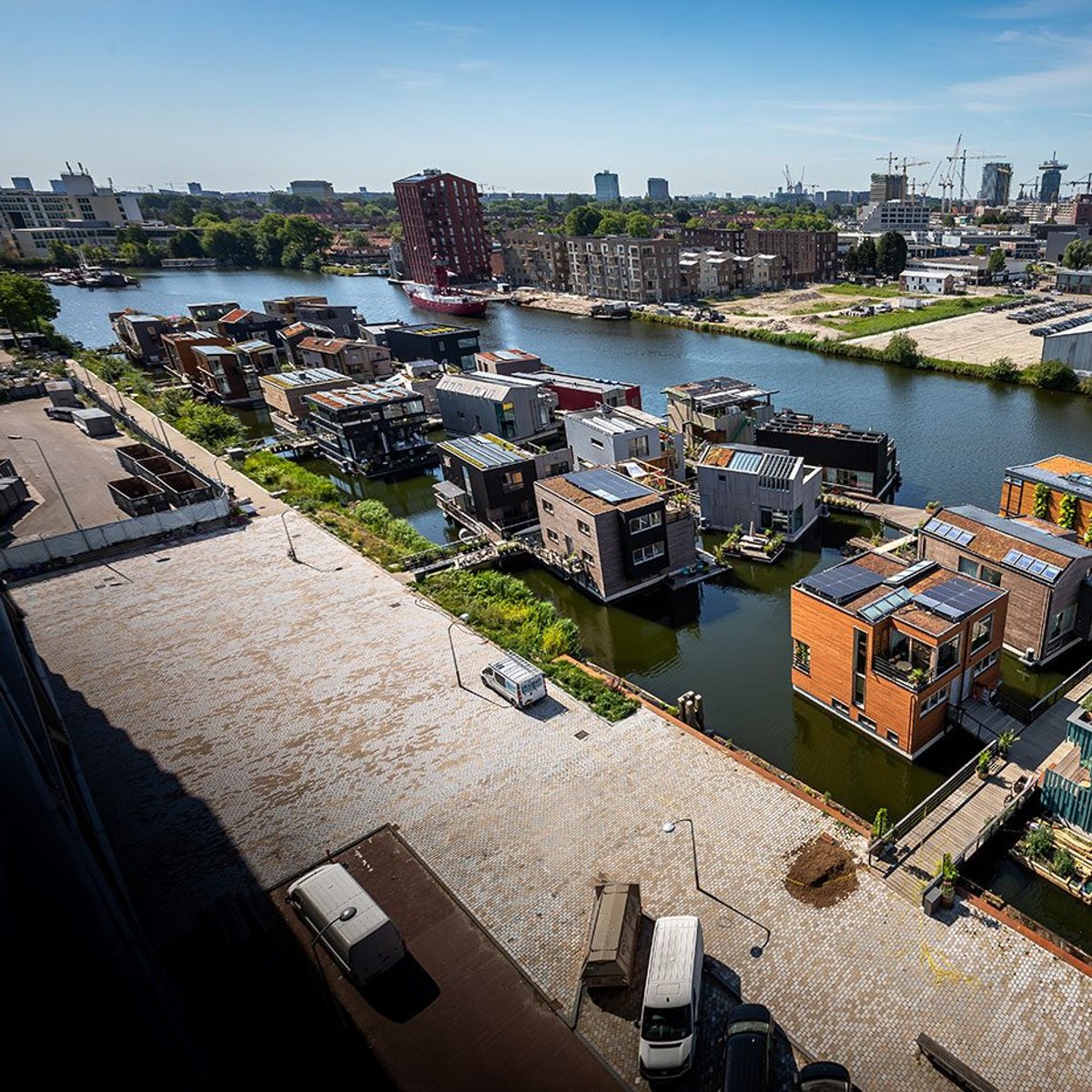
Living Building Challenge + Living Product Challenge
The International Living Future Institute (Living Future) programs have shaped more than 55 million square feet of real estate development around the world.
They define Living Buildings as:
- Regenerative buildings that connect occupants to light, air, food, nature, and community.
- Self-sufficient and remain within the resource limits of their site.
- Create a positive impact on the human and natural systems that interact with them.
They developed the Living Building Challenge:
"...a philosophy, advocacy tool, and certification program defining today’s most advanced measure of sustainability in the built environment. It addresses all buildings at all scales and is an inclusive tool for transformative design. Whether the project is a single building, a renovation, an infrastructure project, or a park, the Living Building Challenge provides a framework for designing, constructing, and improving the symbiotic relationships between people and all aspects of the built and natural environments."
They are also authors of the Living Product Challenge, a framework designed to encourage the creation of products that are "healthy, inspiring, and give more than they take across their life cycles". A living product is:
- Informed by nature, using principles of biomimicry and biophilia.
- Made using processes powered only by renewable energy.
- Improve one’s quality of life.
- Beautiful and functional.
 Living Future - A future worth living in
Living Future - A future worth living in
 Living Future - A future worth living in
Living Future - A future worth living in
Flourish
Sarah Ichioka and URGE co-founder Michael Pawlyn have co-authored the book Flourish : Design Paradigms for Our Planetary Emergency.
The book tackles difficult questions:
"What will it take to restore balance to our world, repair past injustices, and support future generations' survival? Reaching beyond 'sustainability', 'regenerative' practice is increasingly named as a new goal, but what does this emerging term really mean? And which key mindset shifts might enable truly regenerative transformation?
Looking deeply into the web of life that created and supports us, and drawing inspiration from diverse cultural traditions and perspectives, spirited thinkers Michael Pawlyn and Sarah Ichioka propose a bold set of regenerative principles with potential to transform how we design, make and manage our buildings, infrastructure and communities."
There are also a dozen episodes of their new podcast to listen to here or wherever you get your podcasts.
 Flourish
Flourish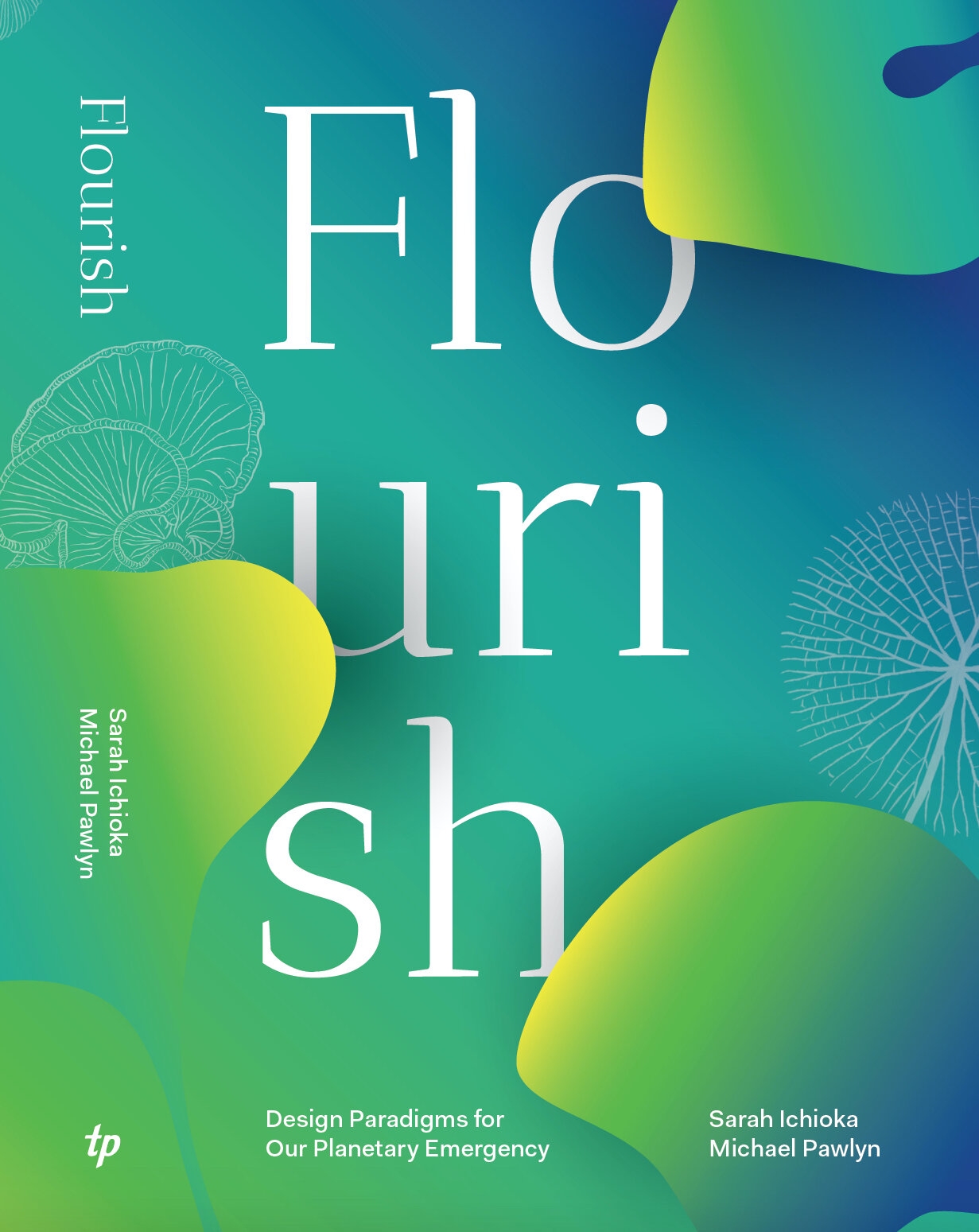
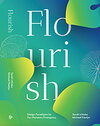 FlourishFlourish Administrator
FlourishFlourish Administrator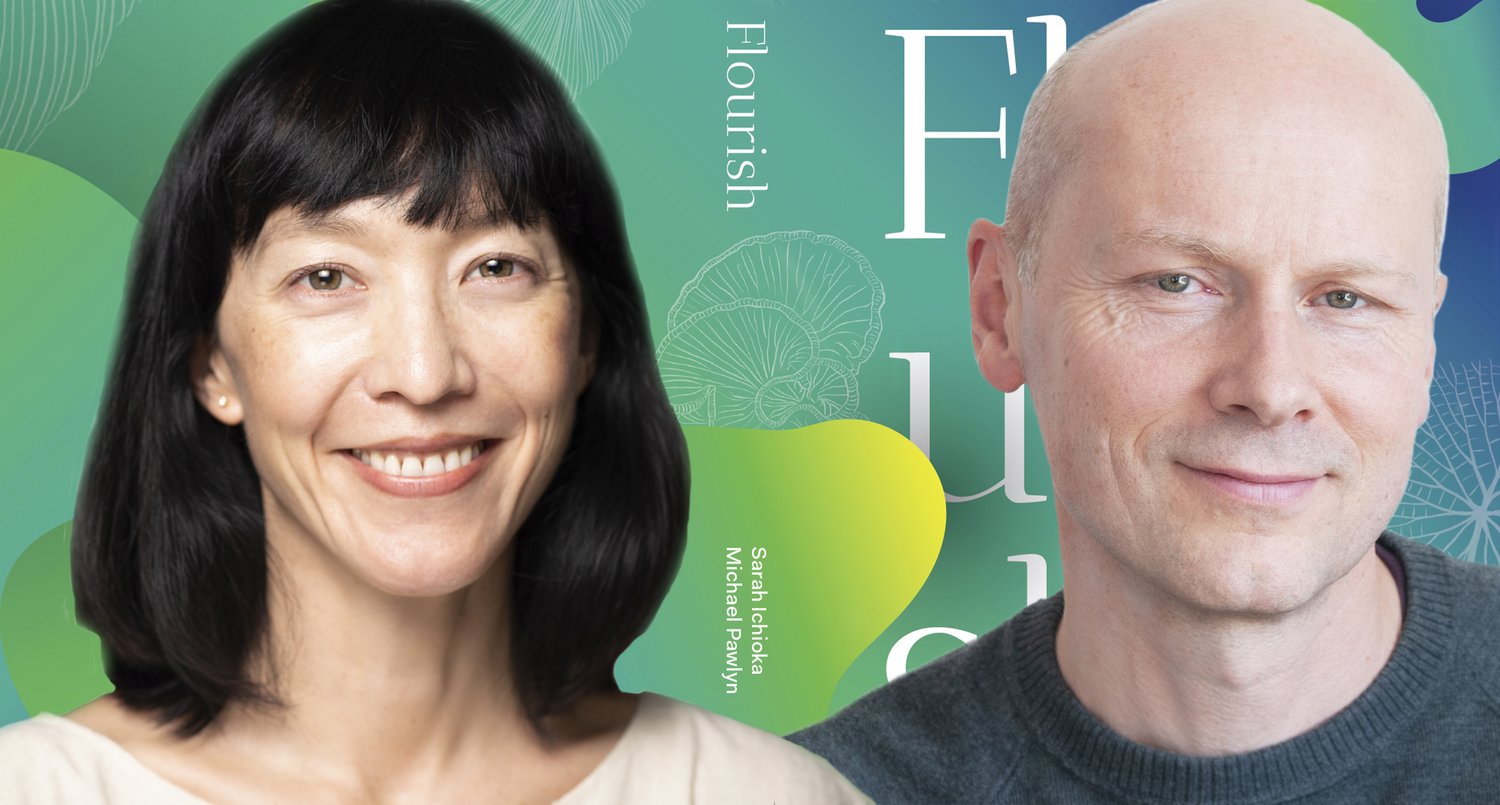
Regenerative Architecture Index
Architecture Today and UK Architects Declare launched the Regenerative Architecure Index (RAI) last year. The extended deadline to sign up has just passed, but a special edition of Architecture Today showcases the questions that the RAI asks and provides exemplary answers from practices to inspire.
"The Regenerative Architecture Index (RAI) benchmarks practices’ progress in the move towards regenerative practice and projects. It recognises the need for a built environment that isn’t merely reducing its negative impacts, but has positive impacts for today and the long term."
The RAI website has many other useful resources.
 Architecture Today - The independent architecture magazineAT Awards
Architecture Today - The independent architecture magazineAT Awards
Subscribe below for future editions delivered directly to your inbox.
Sign up for URGE Collective
A creative industries collective dedicated to system change
No spam. Unsubscribe anytime.

